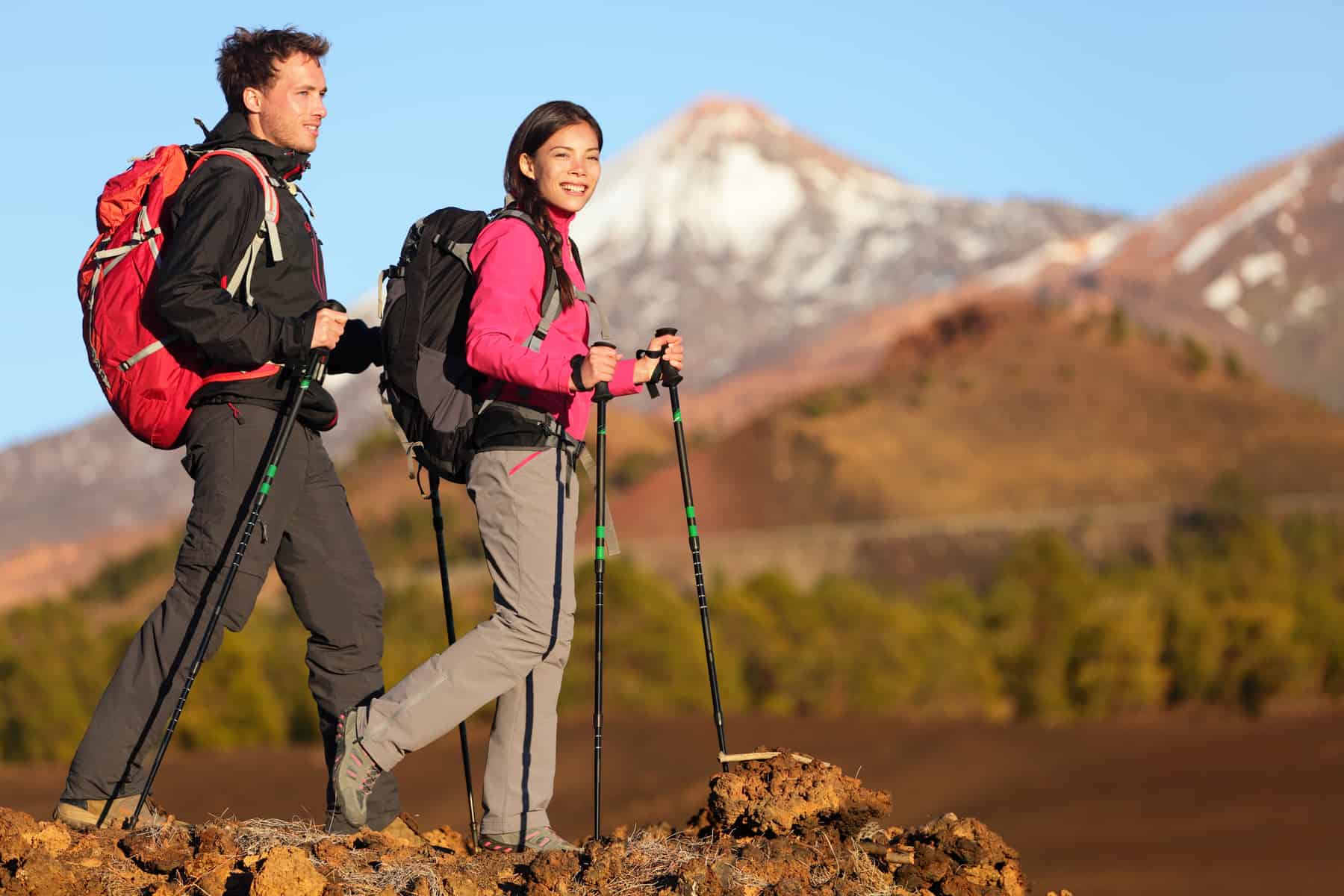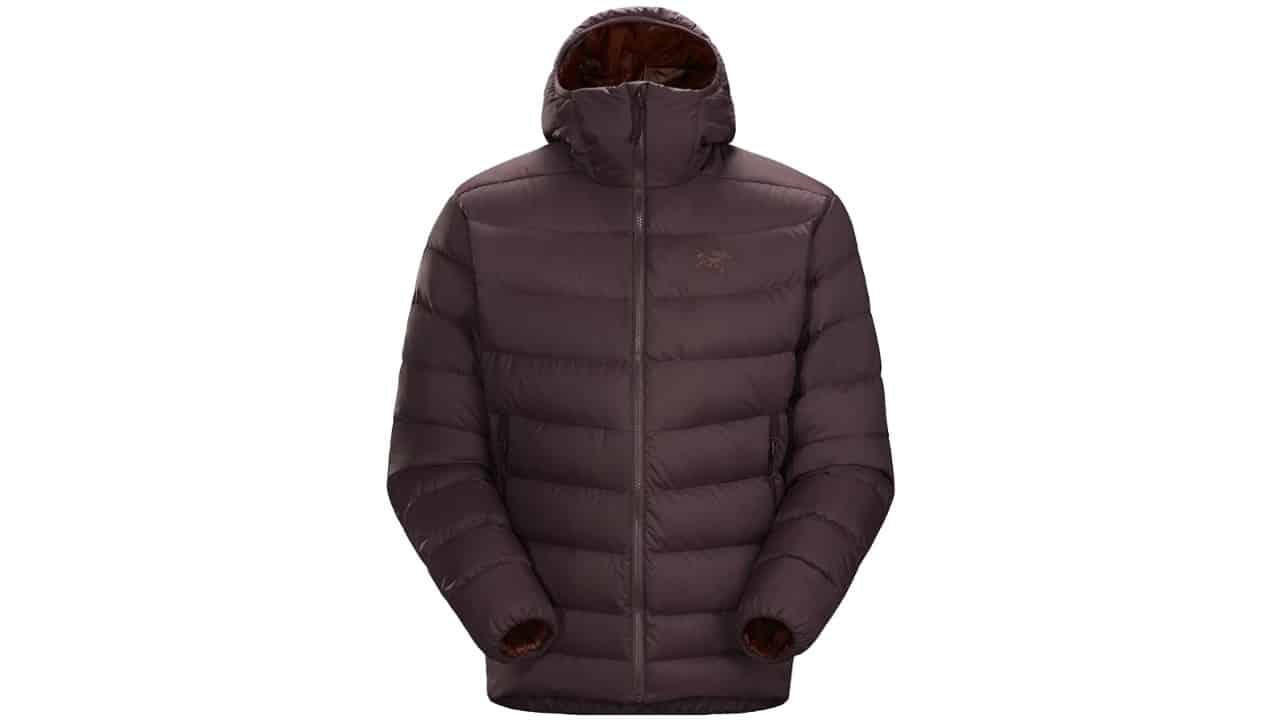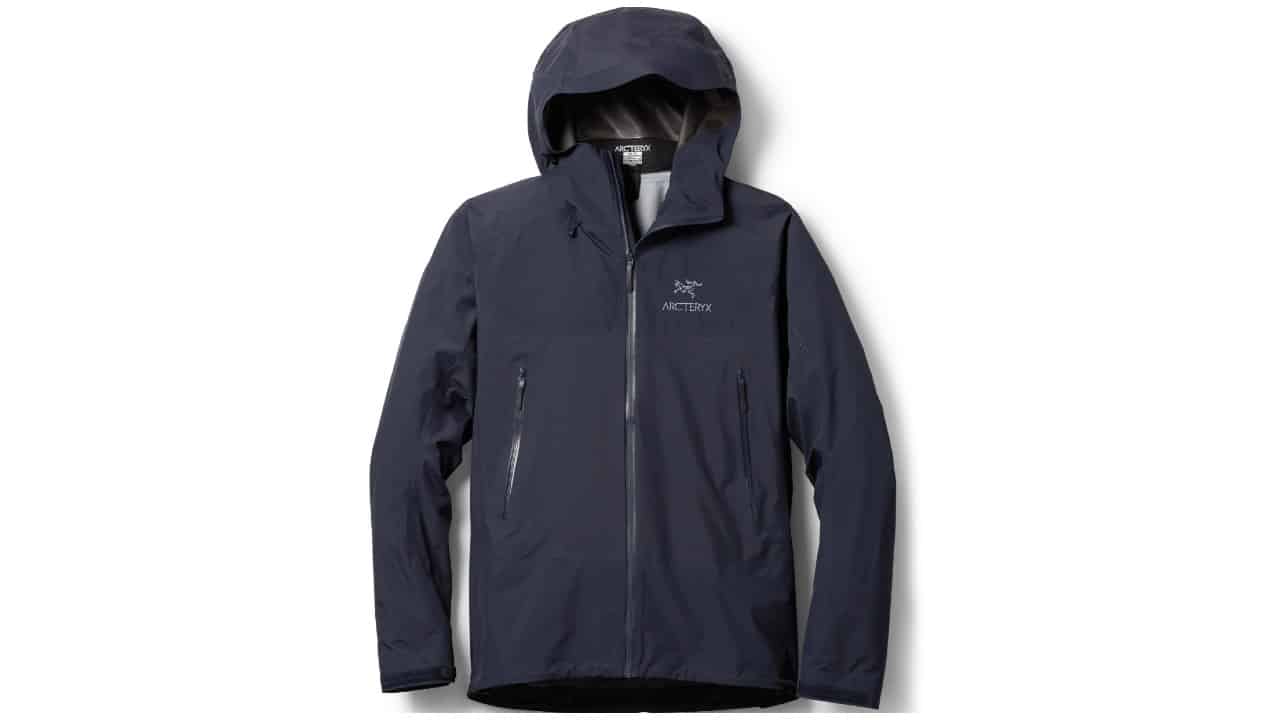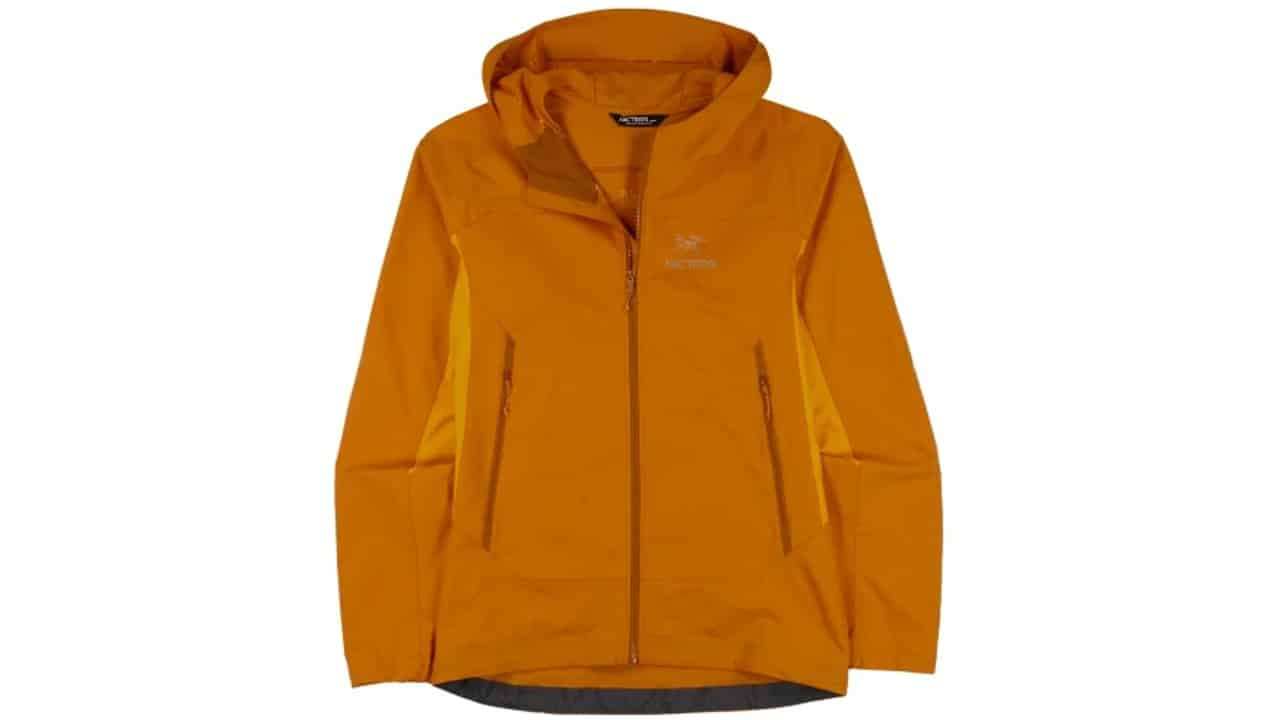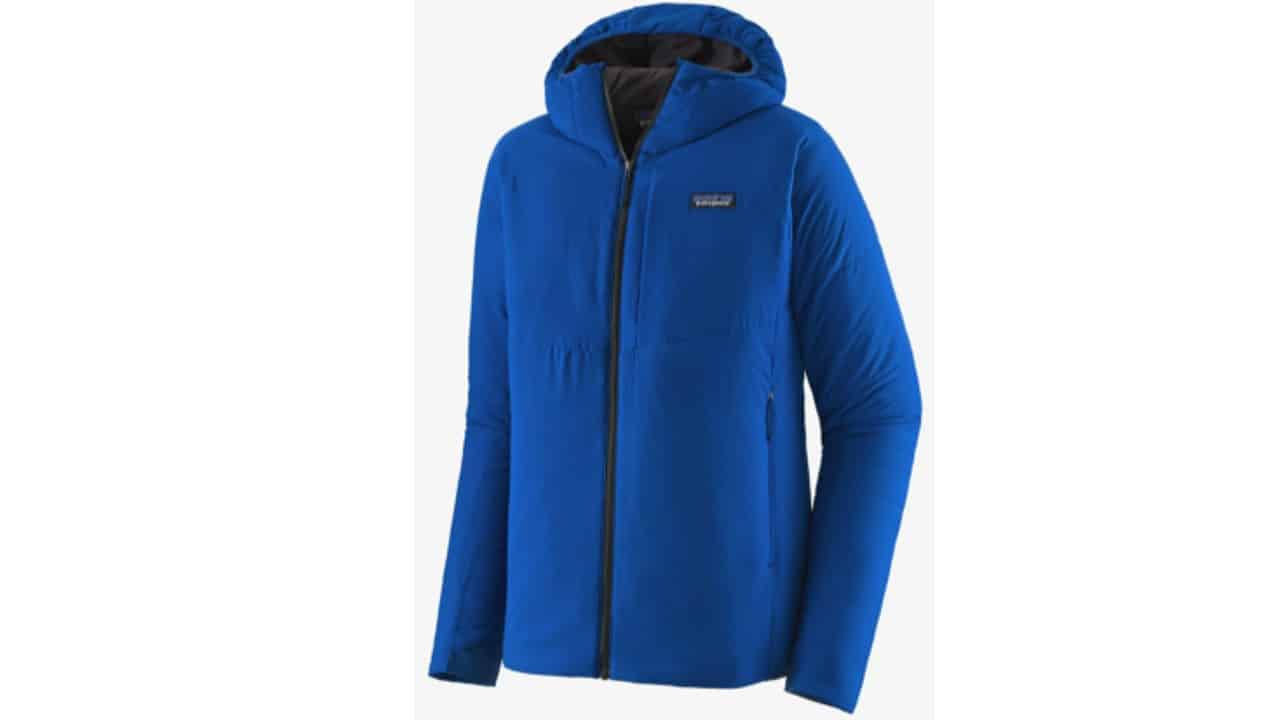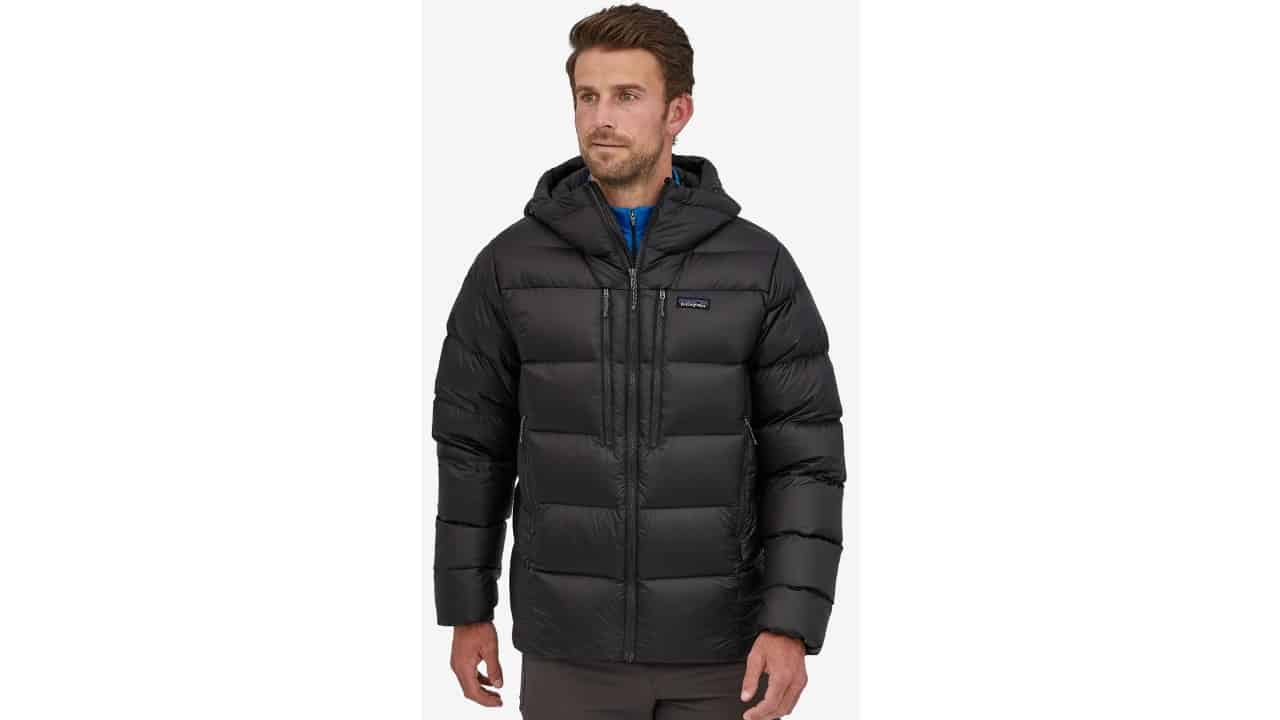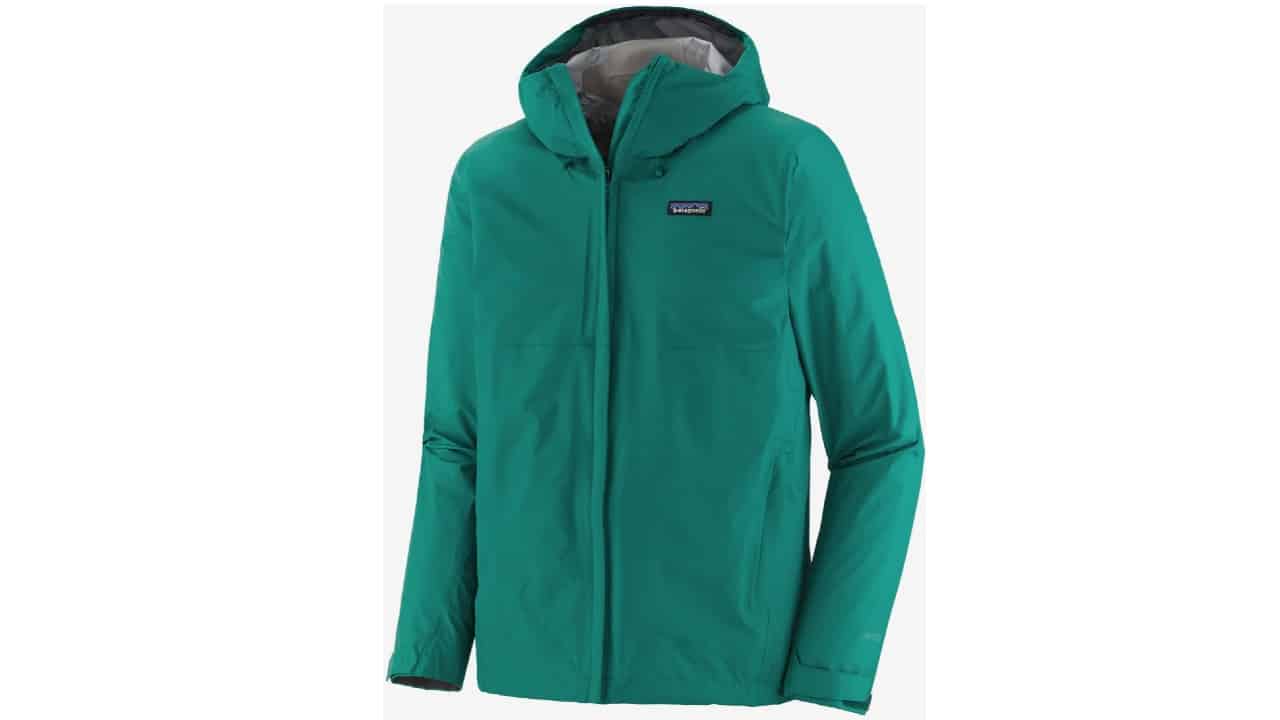No acclaimed trekking jacket manufacturers are as famous or celebrated as Arc’teryx and Patagonia. These two brands have been decorated with many superlatives by casual hikers and professional mountaineers alike. This is because they both make excellent outdoor gear – their technical outerwear and accessories are unmatched on the market.
However, both Patagonia and Arc’teryx tend to be quite polarizing. Folks who praise Arc’teryx often disprove Patagonia’s winter jackets, while the ones who swear by Patagonia consider outerwear made by Arc’teryx unworthy of anyone’s money. In truth, both of these brands are quite similar in terms of the reputation they hold and the products they manufacture.
For that matter, I’ve decided to analyze these esteemed brands and see how they compare. In this article, I’ll be taking a closer look at the technologies used by Arc’teryx vs Patagonia and also check out some of their most popular products. Read on!
Arc’teryx
The Background
Most people don’t know that Arc’teryx is a Canadian brand. Founded in the early 1990s in Vancouver, British Columbia, the company takes its name from Archaeopteryx, a prehistoric animal known as the “original bird.” If you’re wondering what an outdoor sports brand could have in common with evolution, the answer is quite simple – it’s adapting to the environment.
When it comes to companies that are constantly innovating and putting out groundbreaking pieces of outdoor gear, Arc’teryx is undoubtedly at the very pinnacle of the pantheon of such brands. The company’s earliest and most popular products include the Vapor harness and the Bora backpack. Both are made through thermal lamination technology.
In the beginning, Arc’teryx was manufacturing only climbing gear. However, once it obtained the Gore-Tex license, the company finally established itself as one of the planet’s best outdoor clothing brands. Arc’teryx still holds that reputation to this day.
Materials & Technologies
Like most of its competition, this brand uses only premium-quality fabrics and materials. As expected, these aren’t only durable and long-lasting and provide the best possible performance. Most of the materials they use are “Bluesign Certified,” meaning they do not contain chemicals harmful to people and the environment.
Arc’teryx is among those companies that pay special attention to their manufacturing quality. They’ve made huge efforts to ensure that their products are manufactured ethically. This doesn’t only cover the potential environmental impact but also the working conditions and the treatment of employees.
Outerwear manufacturers that focus on sustainable means of production play an essential role in ensuring that the jackets I buy don’t come at a high natural cost. Fortunately, Arc’teryx is among such companies. For example, this brand ensures that the animals that provide some raw materials are treated as humanely as possible.
Like Patagonia, Salomon, and The North Face, Arc’teryx uses nylon and polyester for their outdoor garments. To make their products water-resistant, they use the already-mentioned Gore-Tex. In addition, the company is quite famous for its AC2 technology, typically found in its backpacks.
Prices
This company’s Jackets and accessories come at varying prices – some are more expensive than others. Arc’teryx certainly isn’t among the most budget-friendly brands that you can find. Many of their designs come at around $200 and more.
However, all their garments are worth the price – their design, performance, and extra features are hard to match.
Popular Products
Arc’teryx Thorium AR Jacket
From the popular Gamma MX to the versatile Atom LT model, Arc’teryx offers dozens of high-end jackets. That’s precisely why it was so hard to choose and analyze just three of them. The first model I’ll be taking a look at is Thorium AR, a model that works well for both technical and everyday use.
For insulation, this jacket uses 750-fill power goose down. As you probably already know, this type of insulation can provide sufficient warmth and comfort in cold and wet conditions. The model also uses a bit of synthetic insulation (mostly at the hood), taking the best from both worlds.
This jacket works best when it’s used as an outer layer, as its 30-denier face fabric sports a DWR coating. In terms of pockets, Thorium AR features a chest pocket with a stuff sack and two hand pockets. The model provides a very comfortable fit – its silky-smooth interior feels great on the skin.
This model is undoubtedly among the best Arcteryx jackets and is suitable for all outdoor activities – trekking and rock climbing.
Arc’teryx Beta SL Hybrid Jacket
As the name suggests, this model sports a hybrid construction. By combining two Gore-Tex fabrics of different thicknesses, Beta SL Hybrid stands as a waterproof, breathable shell that successfully protects its user from water, wind, and foul weather in general.
The first thing I noticed about this jacket is how light it is. Weighting only 12. 7 oz (ounces), this is a genuinely lightweight model that most ultralight backpackers are bound to like.
As I said, the model achieves top-notch performance by combining two different Gore-Tex fabrics. These are the 3-layer standard Gore-Tex fabric and the 2-layer Paclite fabric. Together, these boost the model’s durability and overall waterproofing. Unfortunately, the zippers of Beta SL Hybrid aren’t as waterproof as I thought they should be, even though they’re called “WaterTight” zippers.
In terms of pockets, the model has only two of them, although this makes sense once I consider its ultralight construction. Overall, the jacket provides a good fit in both the men’s and women’s variants and is one of the better Arc’teryx jackets in terms of weight and weather resistance.
Arc’teryx Tenquille Hoody
While not the best choice for winter hikes, the Tenquille Hoody is great for general use. Weather-resistant and lightweight (10. 4 oz), it’s one of the best products of this type on the market.
Besides the fact that it’s an incredibly lightweight softshell jacket, the Tenquille Hoody also provides excellent protection against wind and water. Its outer shell uses Kauss, a durable, water-resistant fabric that works just as advertised. The jacket is also very breathable – the fabric I mentioned above allows for easy transmission of perspiration.
As the name suggests, this garment comes with a hood. While well-made and very convenient, the jacket’s hood has a large fit and tends to move around quite a lot. There are also two hand pockets, elastic-fitted cuffs, and the adjustment. Overall, the Tenquille Hoody is not heavy on extra features but still offers top performance for many applications.
I think it’s pretty safe to say that Tenquille’s simplicity is one of its best features. It sports a clean design, is lightweight and waterproof, and is very good at protecting its user against the elements. What more could one want?
Patagonia
The Background
As you probably already know, Patagonia is one of those brands that are frequently featured in our comparisons. And there’s a good reason for that – millions of outdoor enthusiasts worldwide hold their products in high regard and are often recommended all over the internet.
Patagonia came into existence in 1973 when the Californian company Chouinard Equipment split into two separate brands. One of these became Patagonia that I know and like today. Over the years, the brand succeeded in building a loyal following by designing some of the market’s best pieces of outerwear apparel.
Unlike Arc’teryx, Patagonia has been a clothing brand from the beginning. However, the company has expanded its product range over 50 years. Furthermore, Patagonia is well-known for minimizing environmental impact – more on that later.
Materials & Technologies
Comparing Patagonia vs Arc’teryx regarding sustainability shows us that each brand has the same goals – one is not better than the other.
Just like its main rivals, Patagonia sources fabrics and raw materials primarily through recycling. And when it can’t obtain the necessary materials through recycling, Patagonia ensures they’re sourced sustainably and ethically while meeting all the important standards. Another thing worth mentioning here is that the brand stays away from non-biodegradable chemicals that are dangerous to the environment.
Like Arc’teryx, Salomon, and The North Face, Patagonia is a brand that primarily uses nylon and polyester to manufacture its garments. They also use several well-known fabric technologies, one of which is the all-present Gore-Tex. However, Patagonia has also developed some proprietary technologies, such as the Deluge Coating (an incredibly durable waterproof coating) and H₂No (a water-repellent but breathable membrane that goes over the insulation).
As always, I must mention Patagonia’s rigorous and extensive testing process called the “24 Killer Wash”. This test sees new fabrics going through various simulated weather conditions and ensures that those who get through it in one piece are protective and resistant to foul weather. In addition, Patagonia’s customer service is widely regarded as one of the best on the market.
All in all, the products designed and sold by Patagonia provide a great fit and are typically light, good-looking, made out of quality materials, durable, and provide much-needed protection from cold and wind.
Prices
When compared to its arch-rival, Patagonia is a relatively more affordable brand. However, a Patagonia-made jacket will still come at a higher price than the one made by most brands on the market.
Still, most of their garments are definitely worth the price. As I said, most of them provide an excellent fit and sports quality down or synthetic insulation that effortlessly keeps the winter at bay and provides much-needed warmth and comfort. Even their cheapest jackets perform better than the best garments made by less-known brands.
Popular Products
Patagonia Nano-Air Hoody
No products found.
The first Patagonia jacket I’ll be looking at is the Nano-Air Hoody. In our opinion, this model is among the market’s best active mid-layers and a genuinely worthwhile investment.
Using the synthetic FullRange insulation, the Nano-Air Hoody provides the much-needed warmth you’ll need for your outdoor adventures. However, remember that this is a relatively thin jacket and won’t protect you from cold in freezing temperatures. It works best with folks who generate body heat by staying active, as it’s breathable.
This jacket is also quite light (its weight stands at 14.4 oz) and sports a shell with a waterproof DWR coating which, however, won’t keep you dry in really wet conditions. Its hood does a great job of sealing off the face opening and its chest pocket allows the user to stuff the entire jacket into it.
So, should you get this light and protective mid-layer? If I put the minor annoyances aside, we’ll see that the Nano-Air Hoody is let down by just one major absence in its feature set – it’s very thin. Still, it’s a good option for days when you don’t stop moving.
Navigating through the myriad of outdoor apparel options, enthusiasts often find themselves comparing various brands, each with their unique offerings and brand philosophies. A common comparison that surfaces is Arcteryx and Fjallraven, where Fjallraven is often lauded for its classic, durable designs and commitment to sustainability, while Arcteryx is recognized for its innovative, high-performance gear, providing adventurers with diverse options to suit their specific outdoor needs and preferences.
Patagonia Fitz Roy Hooded Jacket
Behind this peculiar name hides a well-made jacket and one of Patagonia’s better offerings. Although it comes at a high price, it’s one of the best garments of this type of money can get – here’s why.
First, this jacket provides a very large fit – layering it over anything is incredibly easy. For insulation, Fitz Roy Hooded uses 800-fill power goose down. As expected, this insulation does a great job of keeping the wearer warm and comfortable. Its outer shell protects the user from cold wind and also features a waterproof coating.
Besides providing top-notch warmth and comfort, this model is also quite compressible, even though it’s among Patagonia’s bulkier garments. Furthermore, it is equipped with five pockets, and its cinchable hood does a great job at keeping the cold at bay.
The Fitz Roy Hooded Jacket is a purchase you won’t regret making – that much is certain.
Patagonia Torrentshell Jacket
No overview of popular Patagonia products is complete without the Torrentshell Jacket. Last updated in 2020, this is arguably Patagonia’s most popular outerwear garment – it is well-made and provides a huge value for the money.
Let’s get the bad stuff out of the way first. Torrentshell isn’t that great regarding freedom of movement, nor is it the lightest or breathable option out there. However, it is the jacket to go for if you need a genuinely versatile hiking garment that will keep you dry during your rainy backpacking trips.
Using the already-mentioned H₂No membrane, the Torrentshell is an exceptionally weather-resistant garment. Its high-quality 50D face fabric, on the other hand, is very thick and durable. In terms of pockets, the Torrentshell has only two of them, but they’re both generously sized.
All in all, this popular jacket offers a superb value for the price it comes at. Combining typical Patagonia build quality with a clean, sleek design and excellent waterproofing, it has everything you need for your outdoor adventures.
Patagonia vs Arc’teryx – The Verdict
So, which brand is better? Arc’teryx and Patagonia are very similar in terms of performance and the quality of materials they use.
Both companies make many great jackets and utilize technologies that put them above the competition. However, it’s safe to say that Arc’teryx is a better choice if you’re looking for top-notch technical outdoor clothing. At the same time, Patagonia provides garments that are almost as great but can be obtained for much less.
Related: North Face vs Patagonia and The North Face alternatives.

I love hiking, backpacking, and camping. From the Camino de Santiago to the West Highland Way in Scotland or simply a great day hike on the weekend. Hiking refreshes me, my mind, and keeps my body reasonably fit. So far I have walked three Camino routes and many other long distance hikes in the UK, Canada, and around the rest of Europe. One of the best was my hike up Ben Nevis.

